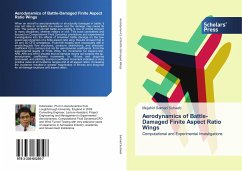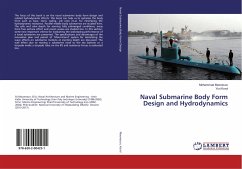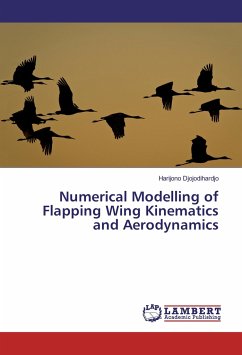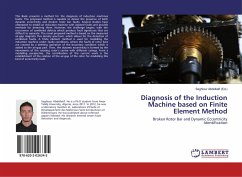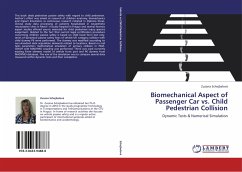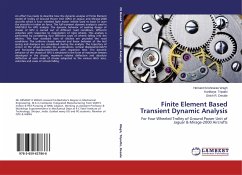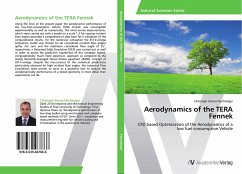When an aircraft is aerodynamically or structurally damaged in battle, it may not able to complete the mission and the damage may cause its loss. The subject of aircraft battle survivability is one of critical concern to many disciplines, whether military or civil. This book considered and focused on Computational Fluid Dynamics predictions and experimental investigations into the effects of simulated battle damage on the low-speed aerodynamics of a finite aspect ratio wing. Results showed that in 2d and 3D CFD simulations, Fluent's® models work reasonably well in predicting jets flow structures, pressure distributions, and pressure-coefficient Cp's contours but not for aerodynamic coefficients. From the experimental results of Finite Wing, the increments for Aspect-ratio, AR6, AR8 and AR10 showed that as damage moves out towards the tip, aerodynamic coefficients increments i.e. lift-loss and drag-rise decreased, and pitching moment-coefficient increment indicated a more positivevalue at all incidence ranges and at all aspect ratios. Increasing the incidence resulted in greater magnitudes of lift-loss and drag-rise for all damage locations and aspect ratios.
Bitte wählen Sie Ihr Anliegen aus.
Rechnungen
Retourenschein anfordern
Bestellstatus
Storno

